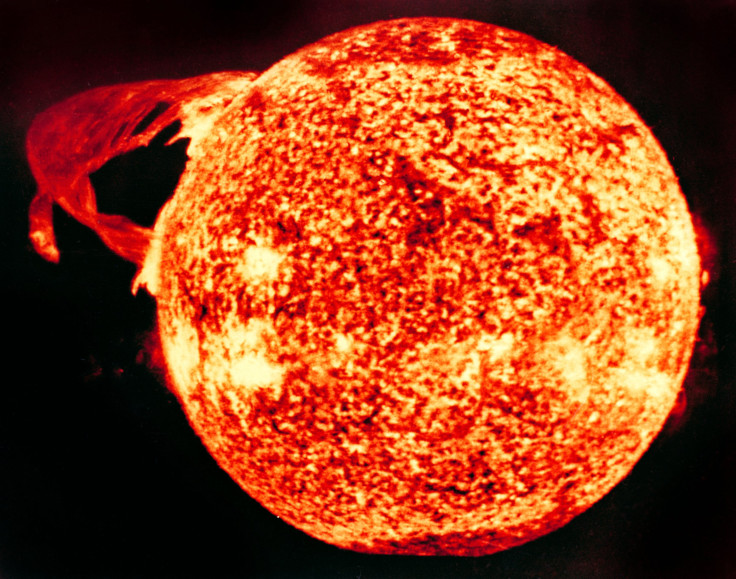NASA Solar Satellite Detects New Type Of Magnetic Explosion On The Sun

KEY POINTS
- NASA's satellite spots a new type of magnetic explosion on the Sun's surface
- Magnetic reconnection can be triggered by various solar explotions
- Understanding new magnetic explosions can make space weather predictions more accurate
NASA’s satellite has detected a new type of solar explosion on the Sun’s surface. The discovery could help agencies make better predictions regarding space weather that can endanger Earth.
The new type of explosion was spotted by NASA’s Solar Dynamics Observatory (SDO), a mission that has been observing the activities of the Sun since 2010. Recently, the SDO satellite detected a large prominence, which is a loop of material launched from the Sun’s surface through an eruption.
As the prominence started to return to the solar surface, it encountered a series of magnetic field lines and caused an explosion. Usually, magnetic field lines can realign even after disturbances on the surface. However, SDO’s discovery marked the first time that a magnetic explosion triggered by a prominence was spotted.
For scientists, the discovery of a new type of magnetic explosion from the Sun’s surface will provide a better understanding of the massive star’s solar activities. This can also be applied to studies related to the magnetic fields of planets such as Earth.
“This was the first observation of an external driver of magnetic reconnection,” solar scientist Abhishek Srivastava of the Indian Institute of Technology in Varanasi, India said in a statement. “This could be very useful for understanding other systems.”
“For example, Earth’s and planetary magnetospheres, other magnetized plasma sources, including experiments at laboratory scales where plasma is highly diffusive and very hard to control,” he added.
Since magnetic reconnections can be triggered by a prominence, scientists believe this phenomenon can also be caused by other forms of eruptions such as coronal mass ejections and solar flares. Understanding how these type of solar eruptions interact with the Sun’s magnetic field lines can provide more accurate data regarding their overall effects on space weather.
According to NASA, these solar eruptions are the driving force behind the dangerous space weather that can disrupt Earth’s magnetic field, which could lead to wide-scale power outages, disruptions in communication signals and damages to orbiting satellites. Studying the new type of magnetic eruptions can provide better predictions to when Earth might get hit by highly-charged particles from the Sun.
© Copyright IBTimes 2024. All rights reserved.





















